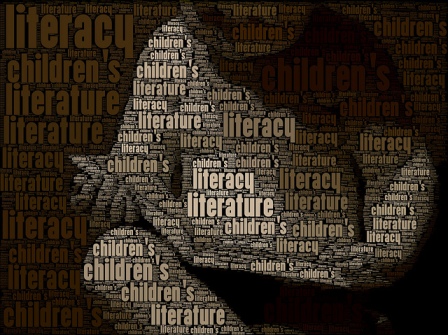
By Cristina Costa – Literacy was, still is and will continue to be a core mission of education. The ‘popular’ meaning of ‘being literate’ has usually been associated with the notion of being able to read and write; a fundamental skill to prevail in a society in which the written word has a massive impact on day to day activities. A more critical understanding of the concept however leads us to understand that being literate means much more than the ability to read and write. It is determined by the socio-cultural and economic contexts in which we exist and operate. Based on this assumption, Freebody and Luke (1990) developed a critical classification of literacy performance which they described ‘in terms of the shifting civil, socio-cultural, and job credential demands that any particular culture places on its members in their dealings with written text’ (p. 7).
Freire (1992) would most certainly approve of this as he understood literacy as a tool for reading both the word and the world (see also Macedo, 2004). Septima Clark and Myles Horton put this into practice when they actively campaigned for Civil Rights through their literacy workshops. Their contribution was more than teaching people how to read and write; it was about empowering communities to understand and stand up for their rights. Literacy served as a tool for that purpose in that entire communities learnt not only how to sign their names but also read (and interpret) the constitution, so they could make an informed decision when they voted.
In this day and age, literacy continues to be a powerful tool of emancipation. The Scottish Curriculum for Excellence defines it as ‘the set of skills which allows an individual to engage fully in society and in learning, through the different forms of language, and the range of texts, which society values and finds useful’.
This definition leaves it up to us to interpret the different forms of language and text that society is starting to value. Looking at the surrounding world, it is easy to see that the web – with its participatory features – is giving literacy a new dimension and creating new learning needs. While some businesses and organisations have started to develop solutions that aim to support their services (see Barclay and their Digital Eagles Scheme, for example), education seems less worried to engage with the debate, although the literature around digital literacies is growing (see Carrington, and Robinson, 2009; Hinrichsen and Coombs, 2014; Lankshear and Knobel, 2006, etc.).
In their study, North et al (2008) points out that young people’s digital practices are associated with existing attitudes and approaches that are engendered in the social structures to which they belong. It comes with very little surprise that families’ levels of education, occupations, and the practices and attitudes they develop therein (habitus) have a crucial influence on how they perceive and use digital technologies. Implicit to their research is the idea that education seems to have little or no effect in changing individuals’ attitudes to technology, let alone develop their digital literacies. In other words, education does not seem to be changing learners’ worlds. Then the question I need to ask is, is technology changing teachers’ practices?
[this post originally appeared on the website Social Theory Applied. Reproduced here with permission]
[Image by Denise Krebs]
Article by Cristina Costa, University of Strathclyde

